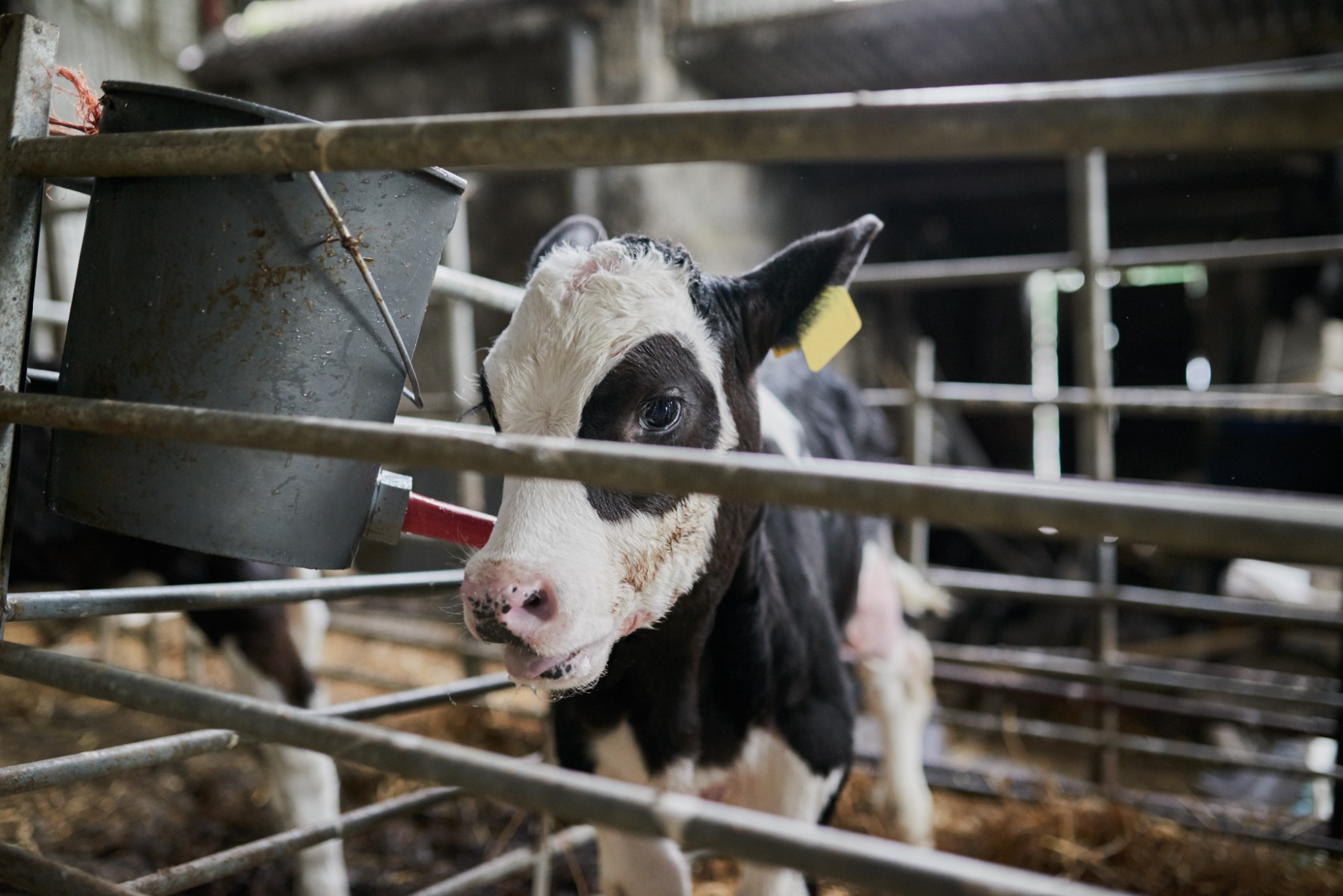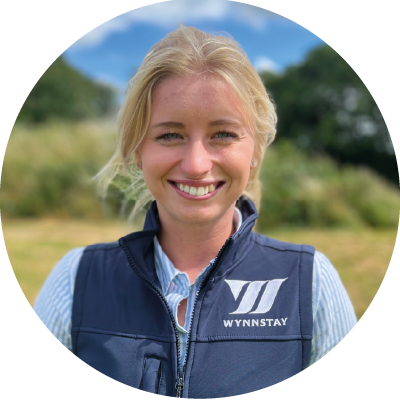To optimise calf performance and minimise the incidence and spread of disease, there are key requirements for calf housing that must be considered:
Good ventilation: ensures fresh air and minimises the impact of draughts
Adequate space (2-2.3 m2 per calf) to provide an adequate stocking density
Creating a microclimate: Calves perform best at 15-20oC so need to be well bedded
Clean and cleanable materials: Floors and walls should be easily cleaned
Good drainage: Calves spend 80% of their time lying down so require dry bedding
There are various housing options available, and what is best for one farm, will be different to another. Therefore, adequate research on each system's advanages and disadvantages is essential:
Individual Hutches
ADVANTAGES
- Effective at preventing disease transfer between calves due to limited contact.
- Allows adequate space for the calf with choice of preferred environment.
- Less competition for feed so starter intake and heath of individual calves can be closely monitored.
DISADVANTAGES
- Disease control can be harder if drainage is poor and area not rotated.
- Individual hutches are harder to clean which can require more labour.
- Some milk contracts and Red Tractor assurance stipulate calves are to be housed in pairs. Individually reared calves are more likely to suffer cognitive deficits compared to socially reared calves (Meagher et al., 2015).
Group Calf Igloos
ADVANTAGES
- Group housing provides a more natural environment – reduced stress can increase weight gain and intake of starter feed making the transition of weaning easier and less stressful (AHDB, 2023).
- Temperatures inside igloos have been shown to be 2.3oC degrees warmer than the exercise area and 0.8 oC warmer than the current indoor housing (Dairy Global, 2020).
- Good ventilation – testing has shown the air changes every 15 minutes in igloos (AHDB, 2023).
- Easy to clean – can be picked up with the loader and power-washed reducing labour.
DISADVANTAGES
- Increased risk of transferring respiratory and gastrointestinal diseases compared to individual calf housing.
- In windy or cold conditions, straw bales may be needed for protection.
- Risk of developing negative behaviours such as navel sucking and competitive and dominance behaviour (NADIS, 2023)
New Builds
ADVANTAGES
- Can design the shed innovatively in conjunction with a professional to improve calf health and welfare.
- Can achieve good hygiene and ventilation if building is well maintained.
- Can also accommodate any location unlike hutches.
- Can benefit labour logistically and can make nicer working conditions in harsher weather.
DISADVANTAGES
- Risk of disease transmission is greater, particularly when constantly stocked and limited rest times.
- Relatively high capital costs compared to other systems. May also be difficult to obtain planning (AHDB,2023).
Renovation
ADVANTAGES
- Lower cost since no added cost of putting up a new shed.
- Adapting the shed to suit both farmer and calf requirements.
- Can provide excellent shelter when draughts are avoided without preventing fresh air access.
DISADVANTAGES
- Often there is little opportunity for natural ventilation and rely on mechanical ventilation.
- Hygiene can be compromised if there is poor drainage and surfaces are hard to clean and disinfect.


Polytunnels
ADVANTAGES
- Naturally light environment increases calf comfort.
- Provides calves with a dry well-ventilated environment reducing stress and increases food conversion to weight gain for optimum growth.
- Reduced labour –potential cost benefit over barn construction.
DISADVANTAGES
- Air quality - the longer the polytunnel, the more restricted the air movement is especially if high stocking density.
- Difficult to regulate temperature in warmer months and requires. Also requires attention to detail on control of draughts and drainage.
The aim of all calf housing is to optimise health and welfare by providing them with a clean and comfortable environment. There is no one size fits all system, as there are many variations within each one and therefore should be tailored to the individual farm’s particular circumstances (budget, labour and facilities available.)










